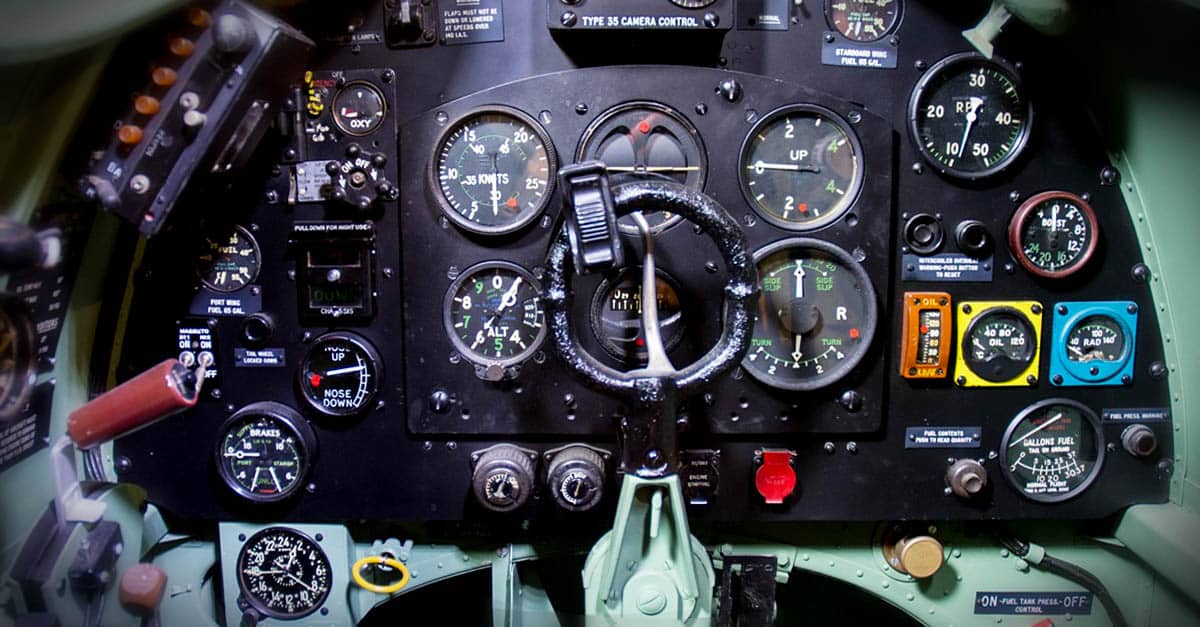
Legend Alert! The Spitfire is easily one of the most beloved planes in the history of aircraft and combat. Some people will go as far as to say it essentially won the second world war for the Allies. It’s simply that important historically. But we can’t tell you why just yet! That’s what the next 50 slides are for. This plane is still beloved today for so many reasons, so enjoy the photos and find out why these Supermarine Spitfire facts tell the entire story!
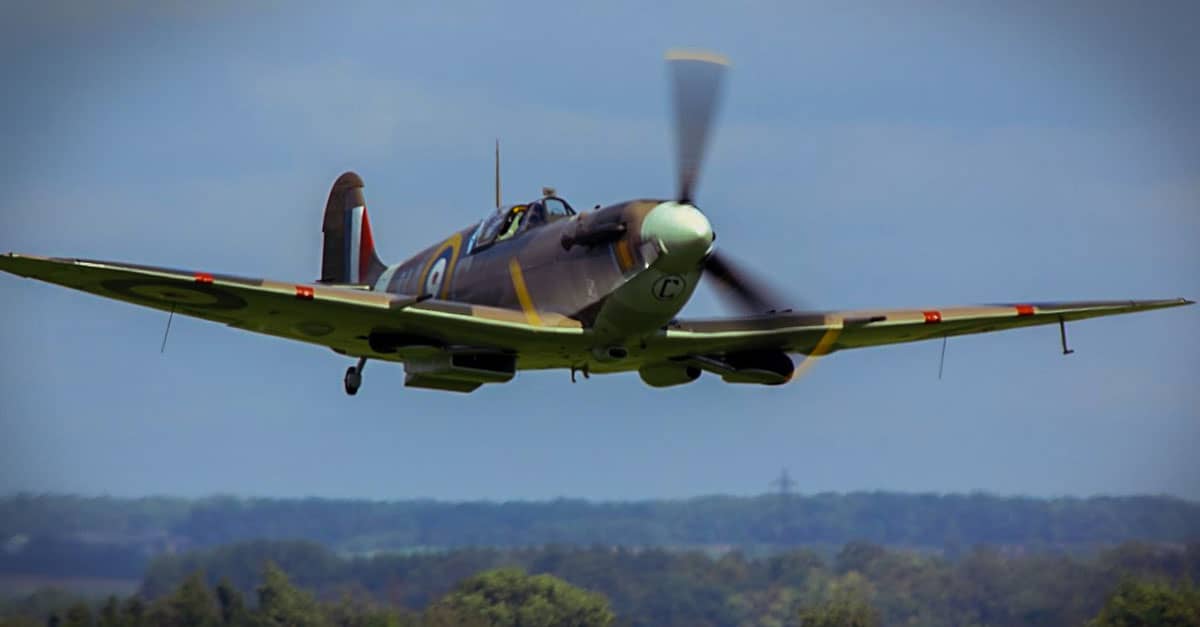
50. ‘Spitfire’ was borrowed from the old English meaning of the word which was someone with fiery or strong character. Fiery character, indeed! The words ‘Snipe’ and ‘Shrew’ were considered as well. The Supermarine Spitfire was the workhorse attack aircraft of the British Army during World War II. Here are some fascinating Supermarine Spitfire facts.
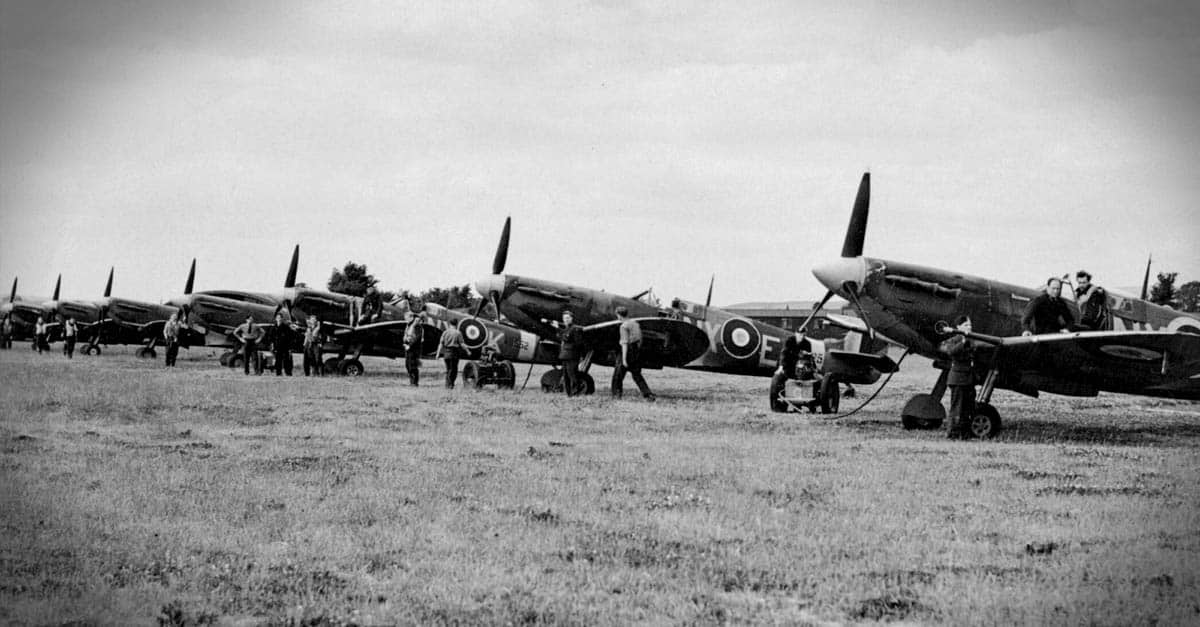

49. In 1929, the Spitfire (then called a S.6) set the world speed record at 357 miles per hour. The current world speed record is 2,193 miles per hour, set by the SR-71.
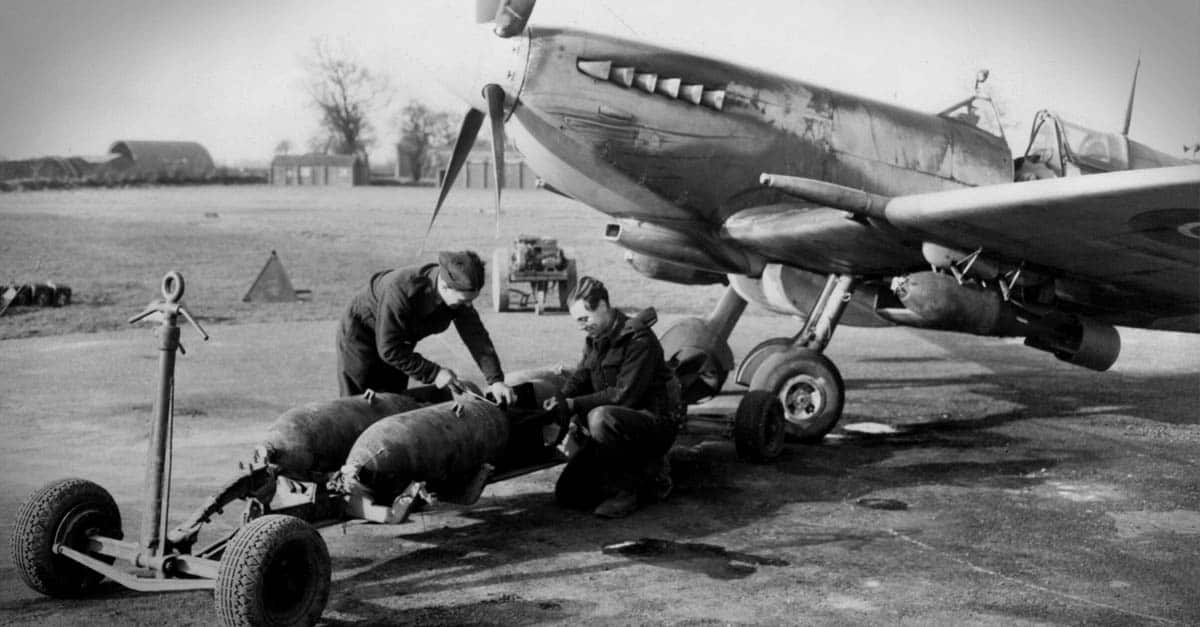

48. In 1940, the Battle of Britain was won by the Allies thanks to the help of the Spitfire. The Allies only had 700 aircraft compared to that of the Germans’ 2000.
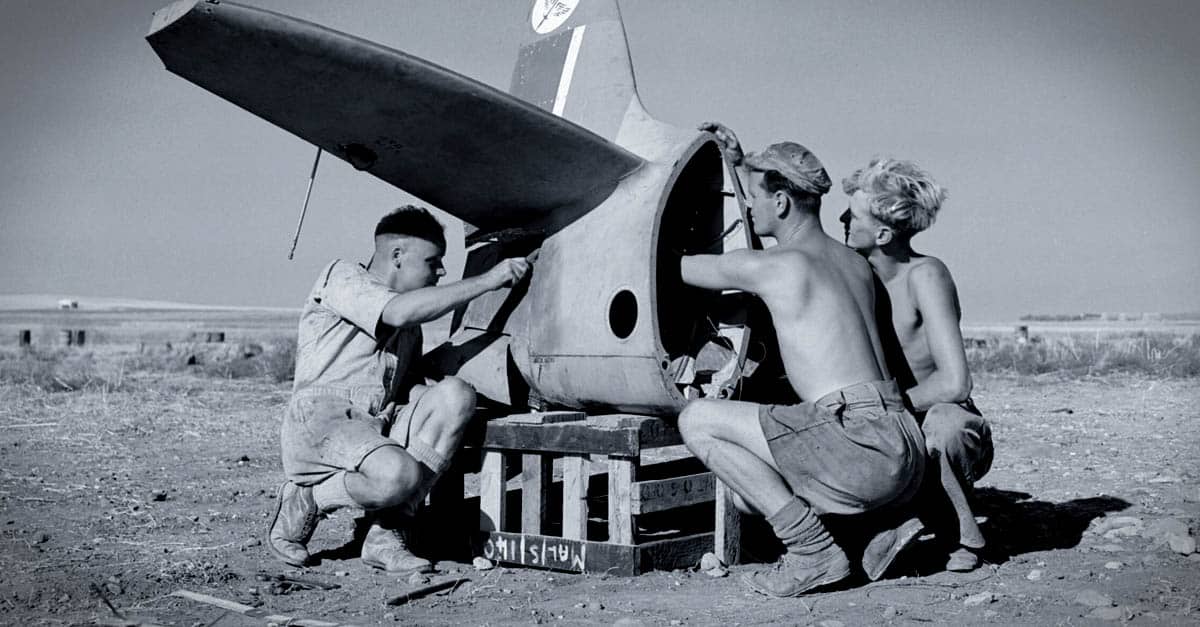

47. The wing mountings used for carrying bombs had special modifications that allowed them to also carry barrels of beer.
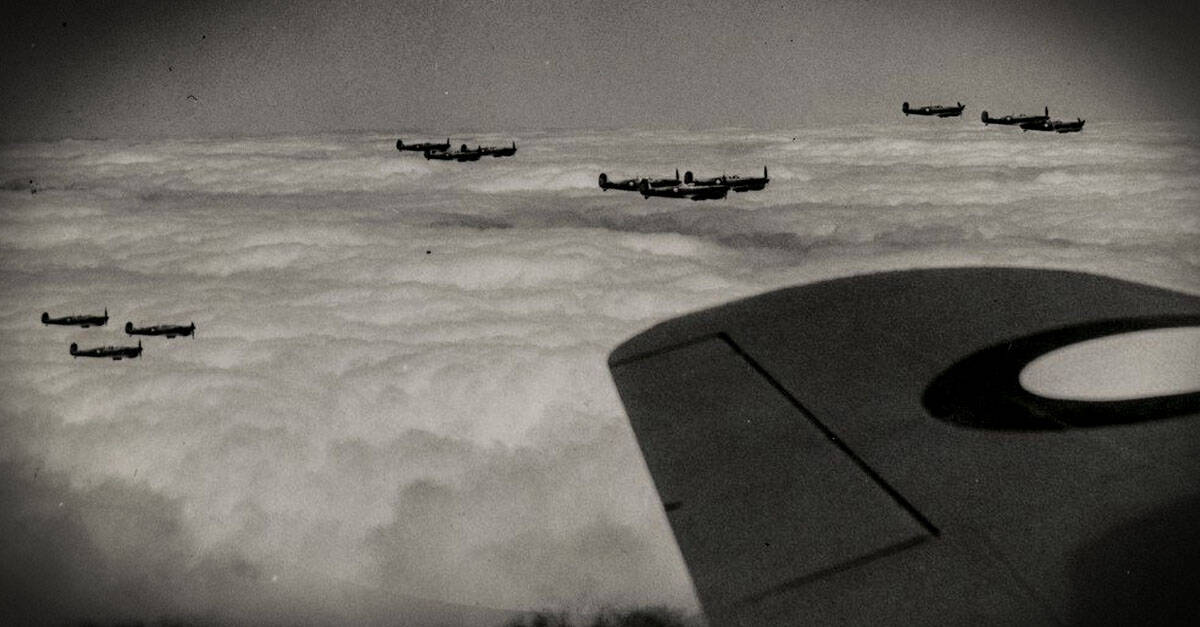

46. Historians and pilots estimate that there are fewer than 50 Spitfires left today that can still be flown.
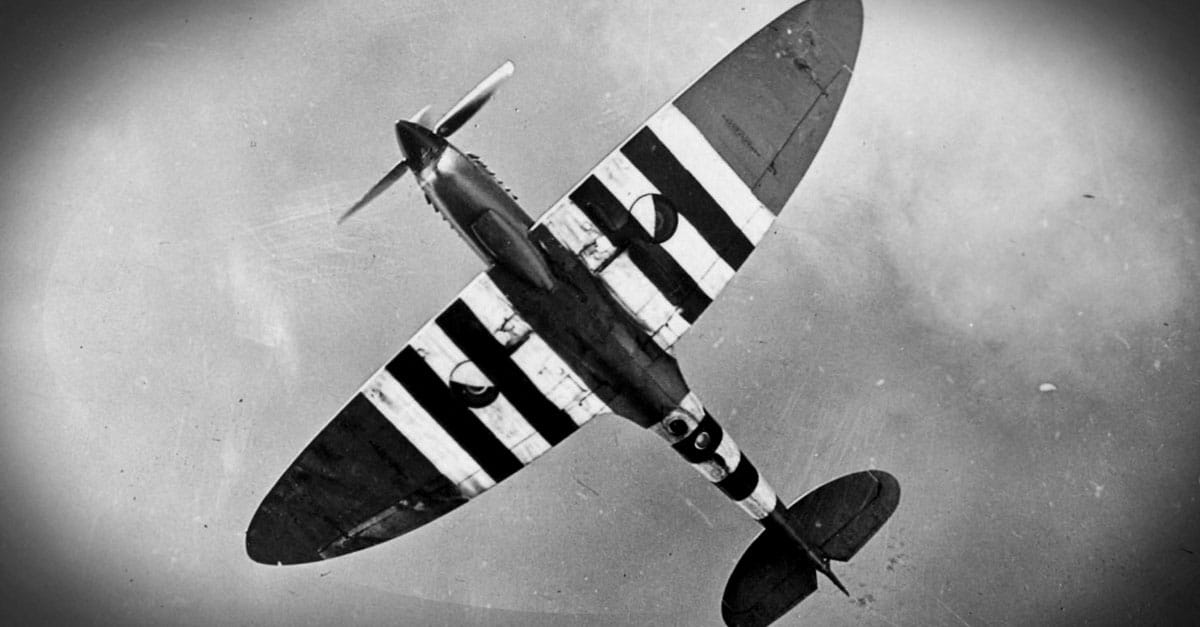

45. The Spitfire was originally designed as an interceptor, not a fighter. In accordance with interceptor protocol, its wings were built with the lowest possible radar cross-section – something that aided its fighting efforts later on.
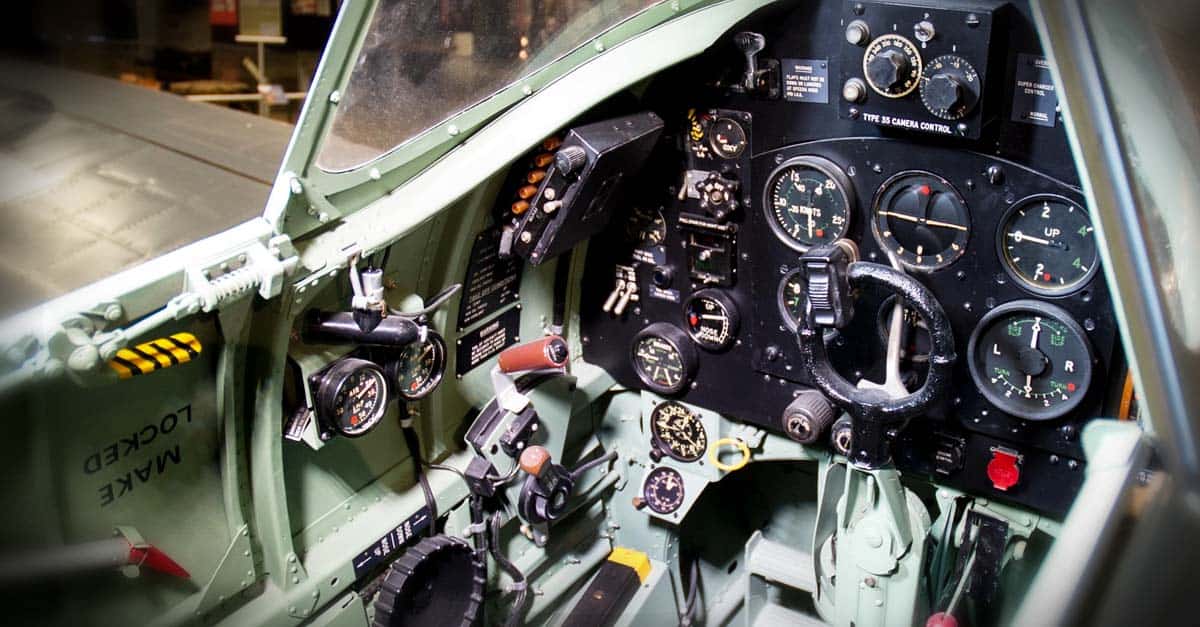

44. German Reichsmarhsall Hermann Göring had a heated debate with his pilots during the Battle of Britain, wondering why they weren’t winning the battle and what did they need to do in order to win. Ace pilot Adolf Galland infamously replied, “I should like an outfit of Spitfires.”
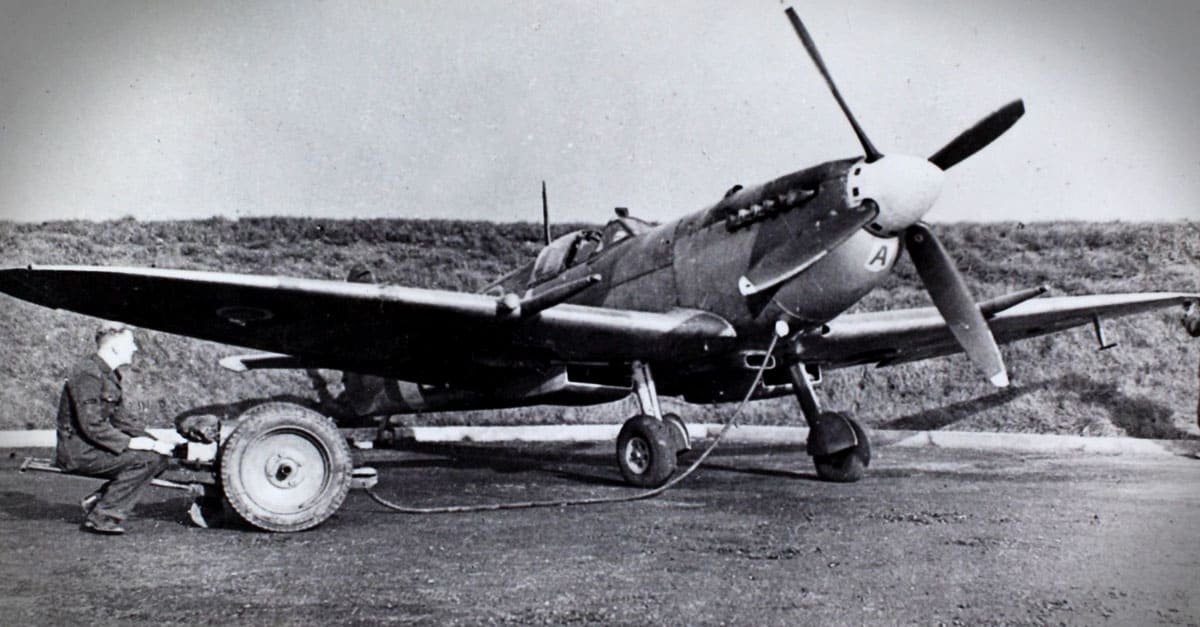

43. The Boultbee Flight Academy in Kent, England offers a training course where you – if you have a spare $8500 and a pilot’s license – can learn how to fly a real Spitfire.
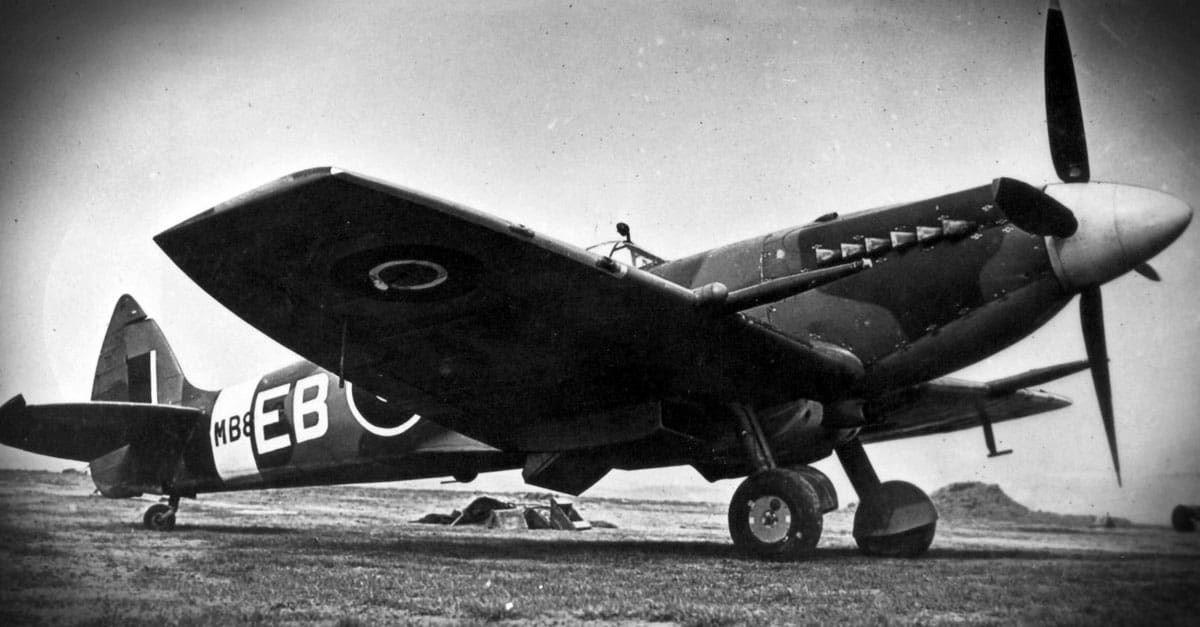

42. The Spitfire cost about $175,000 per plane to produce in 1939 – adjusted for inflation, that’s about $1.15 million today!
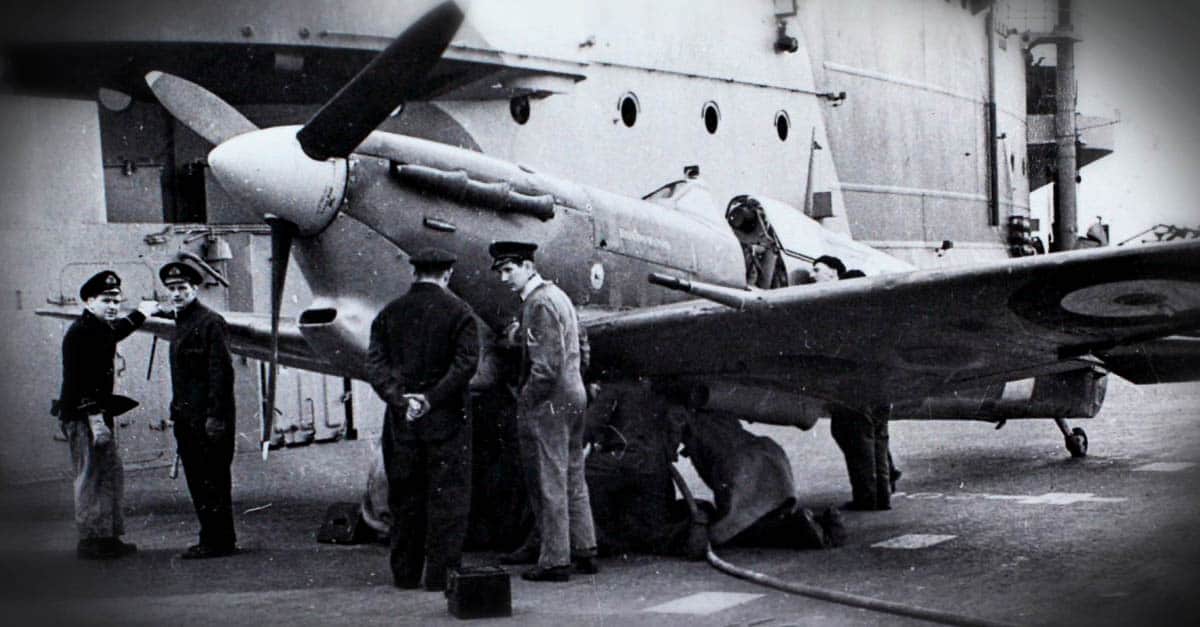

41. In 1942, the Royal Navy outfitted a series of Spitfires with strengthened tail sections and fitted with tail hooks for use on aircraft carriers. The reworked Spitfire was renamed the Seafire.


40. From the beginning of production in 1934, to the end of production in 1947, the Spitfire doubled its horsepower over its various versions. The original versions put out about 1,000 horsepower and the Rolls Royce Griffin engines (mid-1940s) gave it 2,050 horsepower.
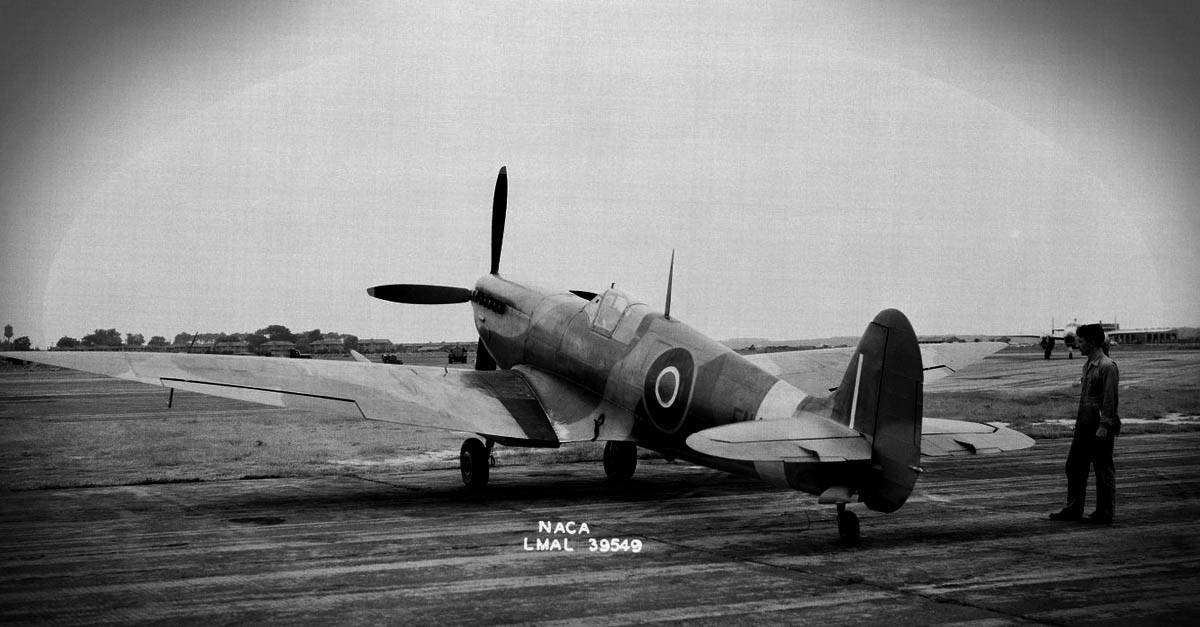

39. By 1939, an estimated 10 percent of all Spitfires produced up to that point were destroyed in training incidents, partly because the pilots weren’t used to retractable landing gear (a new feature at that time) and forgot to drop their wheels upon landing.
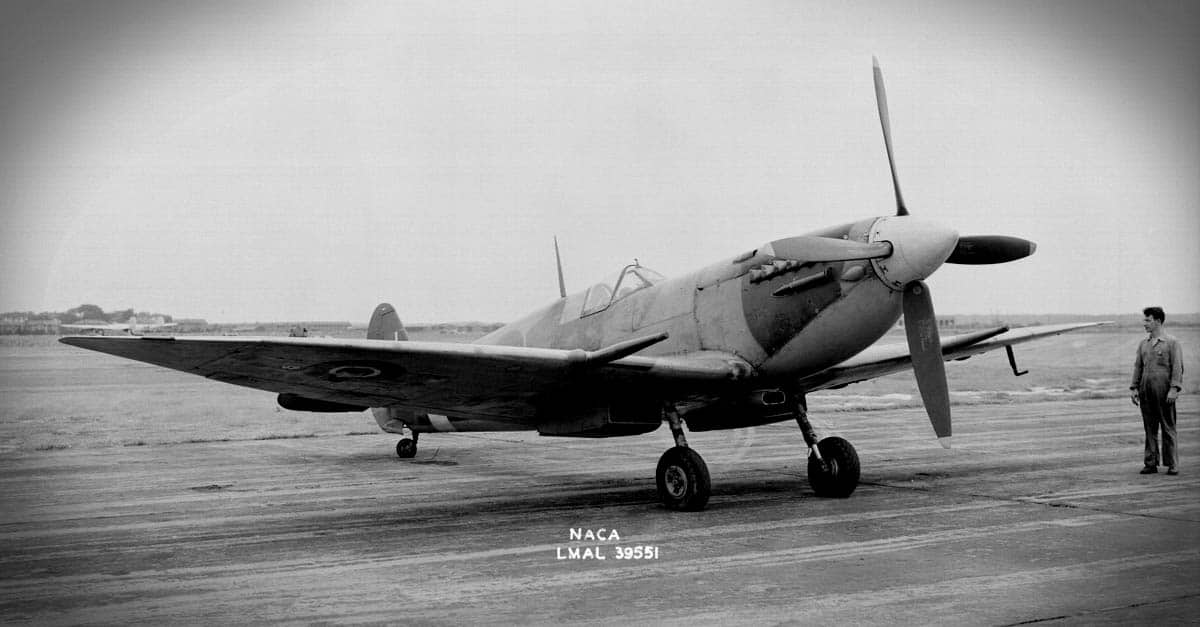

38. After the war, when the Spitfire was flown strictly as a photo reconnaissance aircraft, it was stripped of all armament and unnecessary weight and painted an unusual color: pink.


37. The Spitfire’s shining moment of fame was earned during the Battle of Britain. However, the Hurricane actually shot down more enemy planes during this battle.
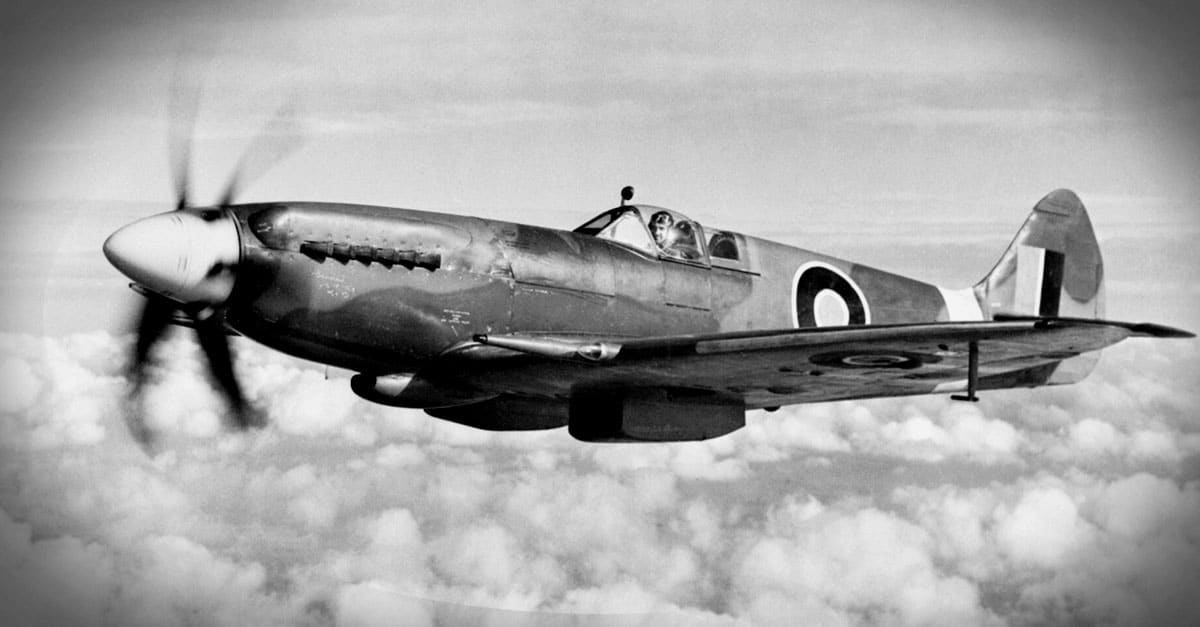

36. During the Battle of Britain, Sergeant Raymond Holmes saw a German bomber headed for central London. His Spitfire was out of ammo, so Holmes rammed the bomber with his aircraft, taking both planes down and cementing Holmes as a hero of WWII.


35. The Spitfire’s were so well camouflaged that during the filming of Battle of Britain, the film crews had to film the plane against the backdrop of clouds just so the planes could be seen.


34. The first battle the Spitfires took part in was the Battle of Dunkirk over Northern France. No Spitfires were based in France, but they flew there from South England.
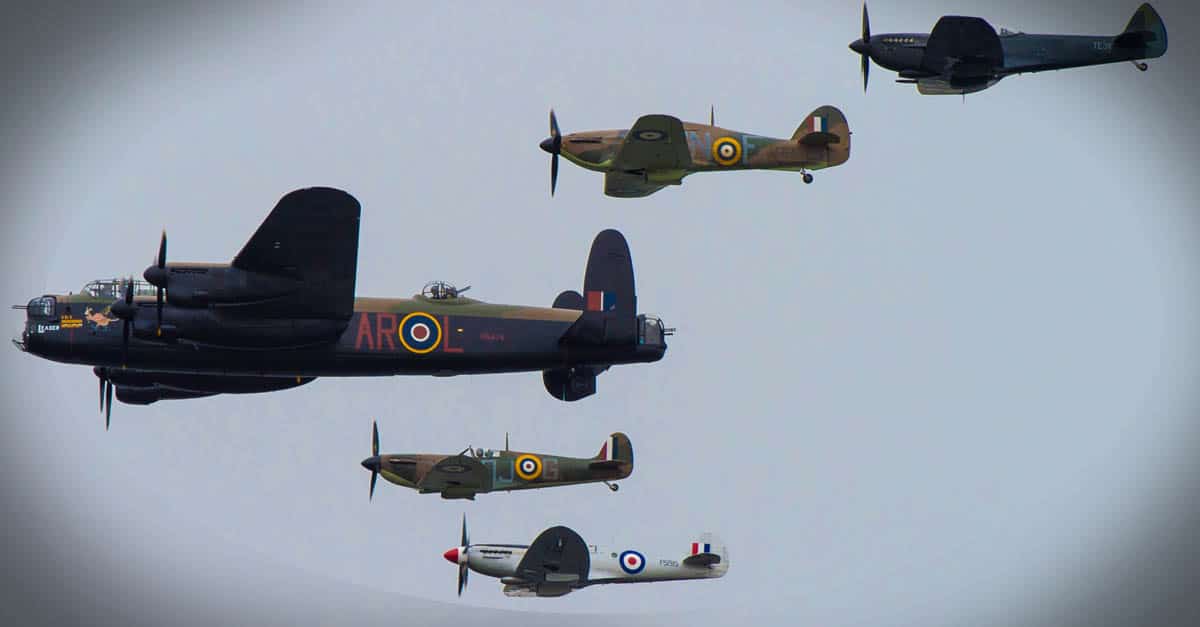

33. The Spitfire was outfitted with eight Browning .303 machine guns, which when fired together, offered an output of 160 rounds per second.
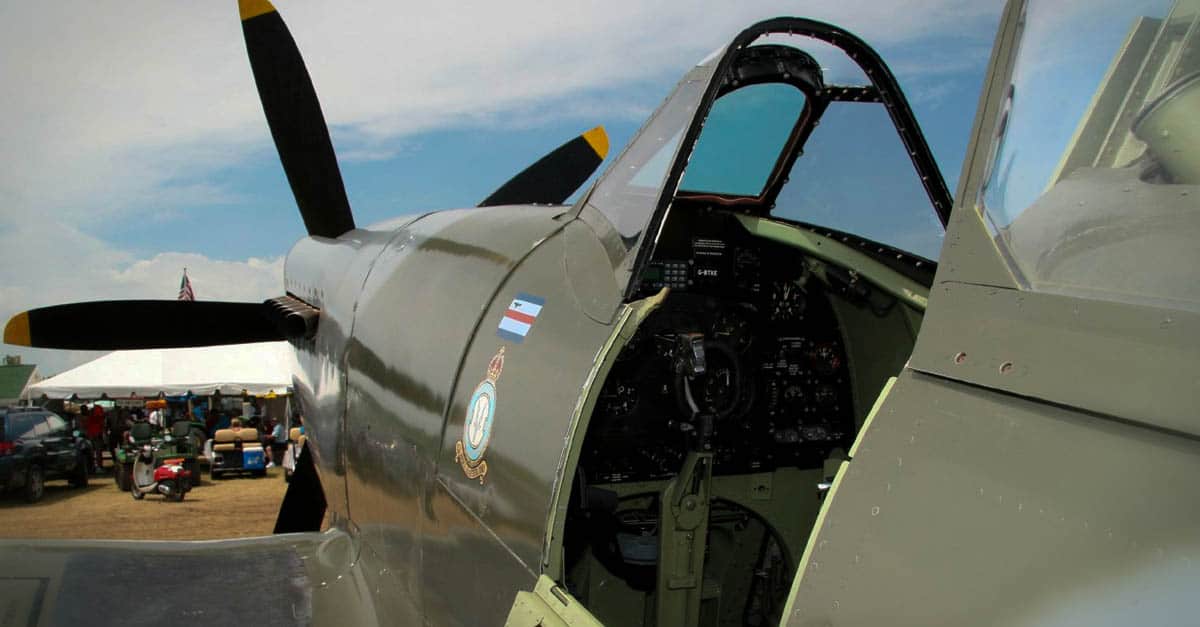

32. In 1942, Malta was a key base for the Allied powers, however, Germany made destroying the Royal Air Force base there a priority. After a new shipment of Spitfires with upgraded 20mm cannons were sent to Malta, RAF regained air superiority with these upgraded Spitfires – making Malta an important base for launching future attacks on Italy.
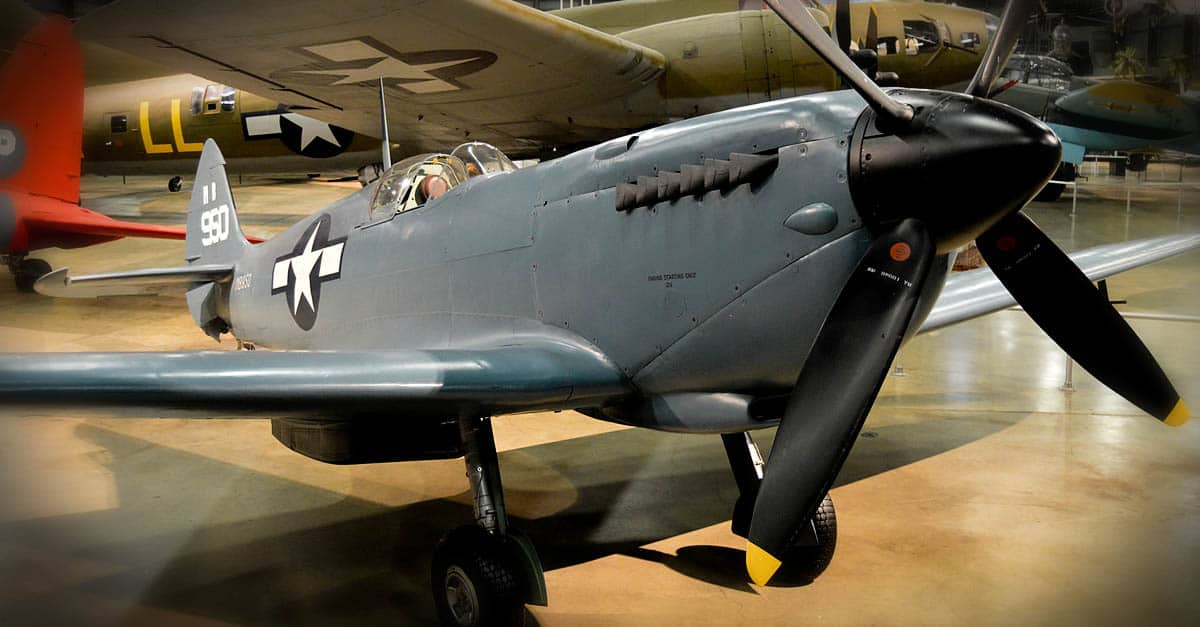

31. The Spitfires provided crucial support on D-Day. By 1944, the Spitfire’s were outfitted with .50-caliber machine guns as well as 20mm cannons which gave the ground troops just enough cover to successfully take the beach at Normandy.
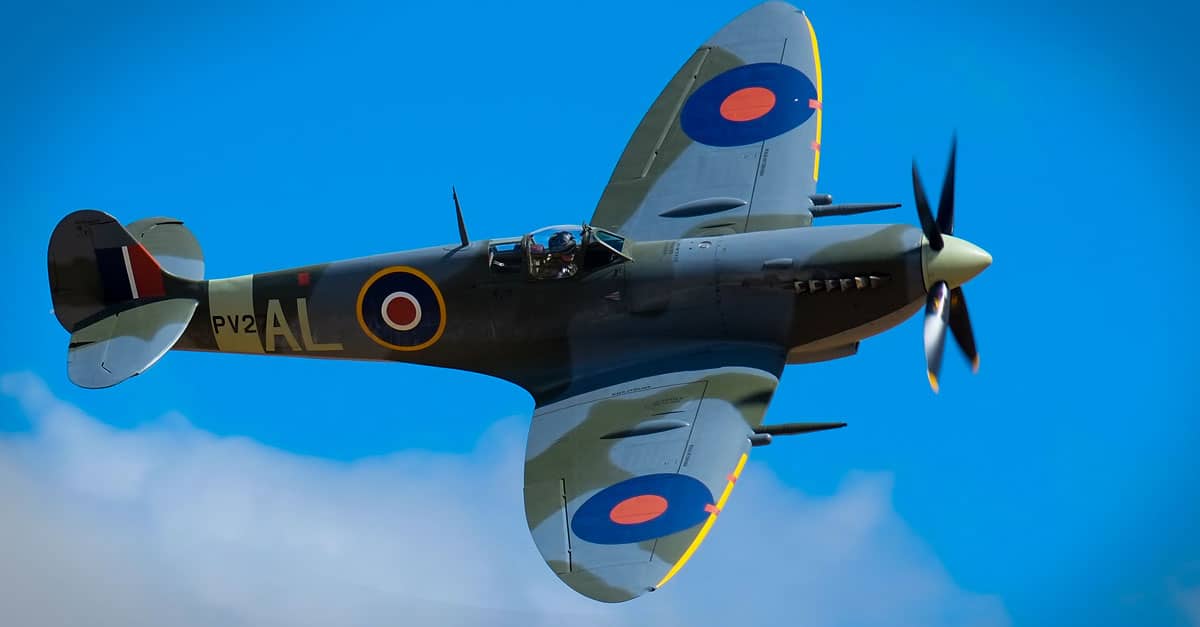

30. The Spitfire officially retired in 1961 as a part of the Irish Air Corps.
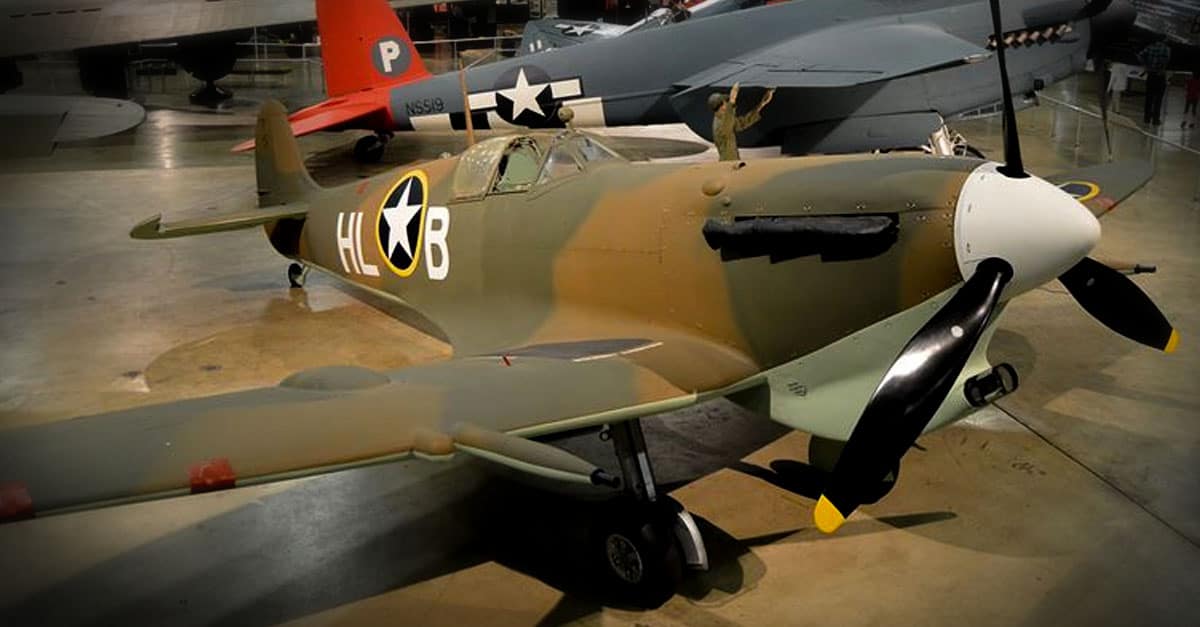

29. Production was nearly canceled on the Spitfire after 310 aircraft were contracted. Production rates were way off schedule and the Air Ministry made plans to cancel the Spitfire not long after it began, but Supermarine managed to convince them otherwise.
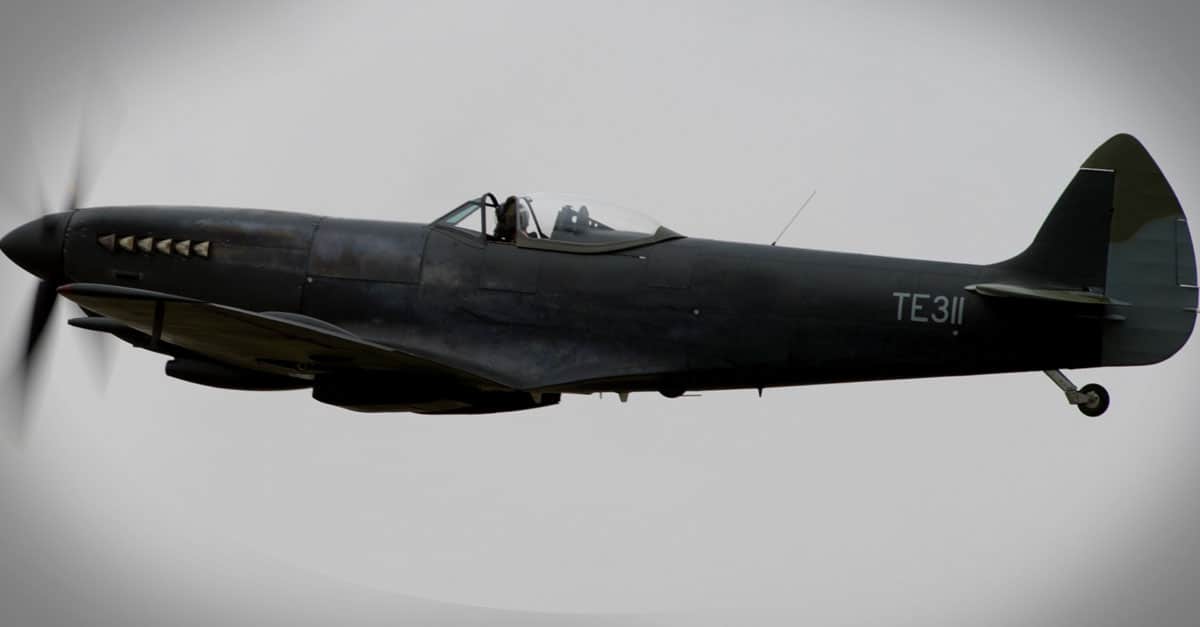

28. Here one of our fast facts about Supermarine Spitfires. England’s Minister of Aircraft Production Lord Beaverbrook forced his way into controlling the production of Spitfires at Castle Bromwich – the main production site. In April of 1940, Castle Bromwich had not yet built a single plane although they promised 60 by this time, which prompted the Air Ministry to take production out of the hands of Supermarine’s contractor, Morris Motors.


27. German Luftwaffe aircraft, while executing a day raid, bombed a Spitfire experimental factory in Newbury. However, they missed their target and hit a school that was nearby.


26. The chief test pilot at Castle Bromwich, Alex Henshaw, was in charge of the training program. He flew over 2,300 individual Spitfire aircraft – roughly 10 percent of all Spitfire’s ever made.
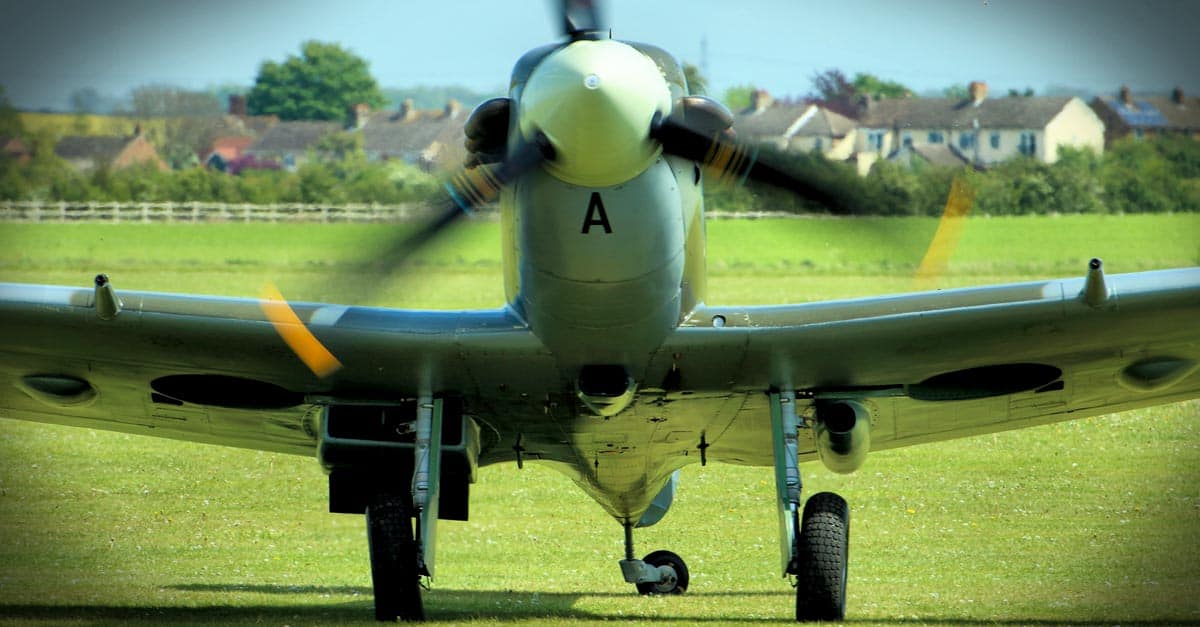

25. The first six editions of the Spitfire (Mark I – Mark VI) featured manual pneumatic exit flaps that controlled airflow through the radiator. The pilot had to pull a lever to the left of his seat to get the air to flow properly.
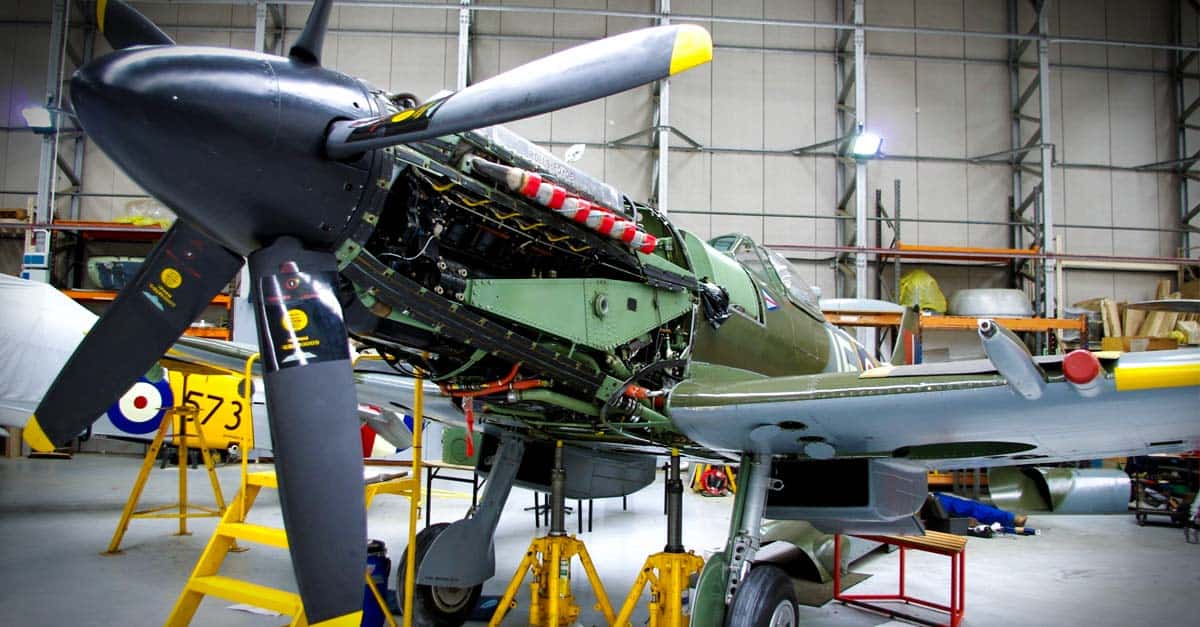

24. All Spitfire’s after Mark VI edition were outfitted with dual radiator flaps that were automated and controlled by a thermostat.
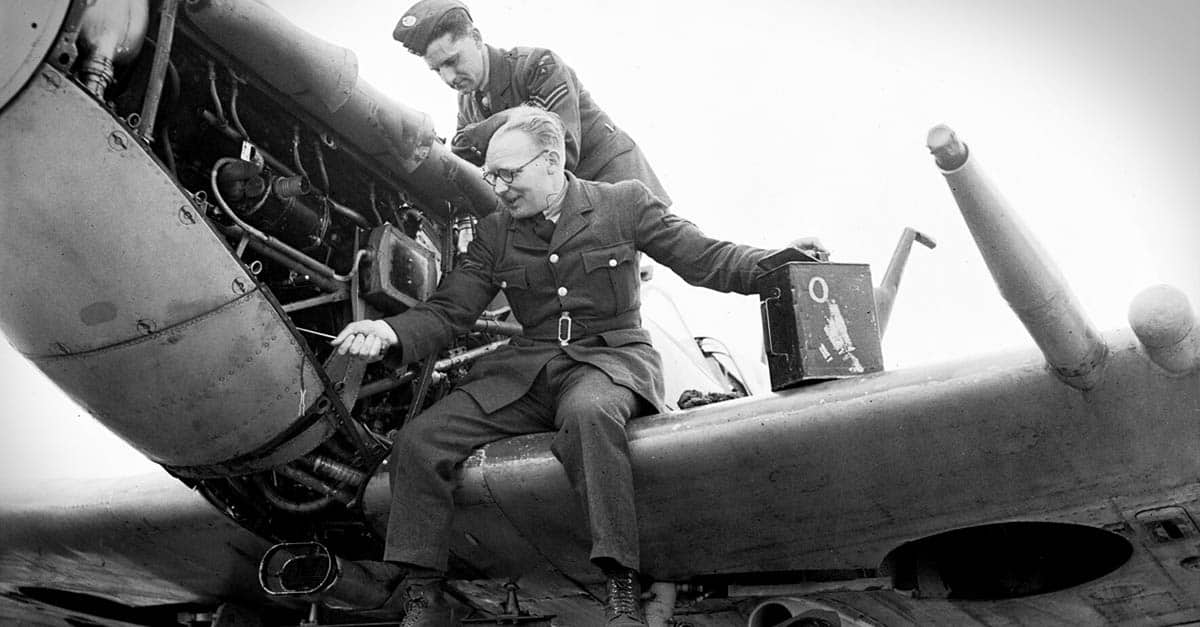

23. The Spitfire’s wings featured a washout which was a slightly upturned trailing edge of the wing. This allowed the air passing over the wing to vibrate the plane when it’s maximum limits were being reached – effectively a warning sign to all pilots.
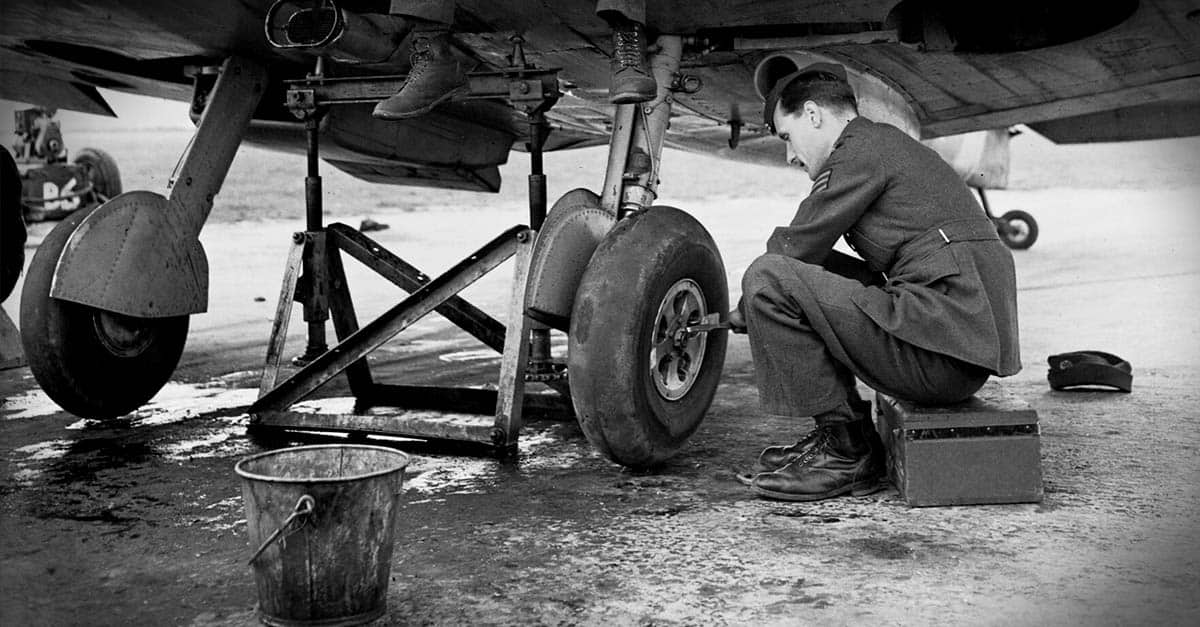

22. When the Spitfire transitioned from a low-altitude fighter or recon aircraft, its wings transitioned, too. The Spitfire had removable wing tips that were secured at the end of each wing assembly by two mounting points – these wing tips were swapped for extended, pointed tips during high-altitude missions.
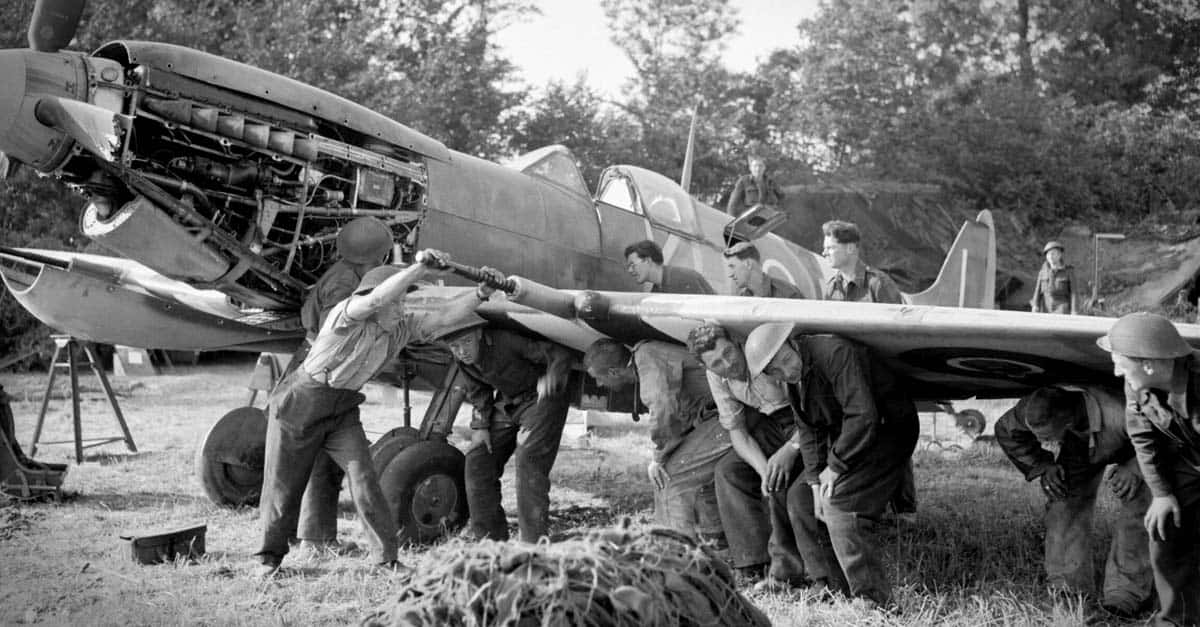

21. Castle Bromwich in Midlands was the biggest production site of Spitfires in the world. The site produced 12,129 Spitfires, roughly 60 percent of all of the aircraft ever made.
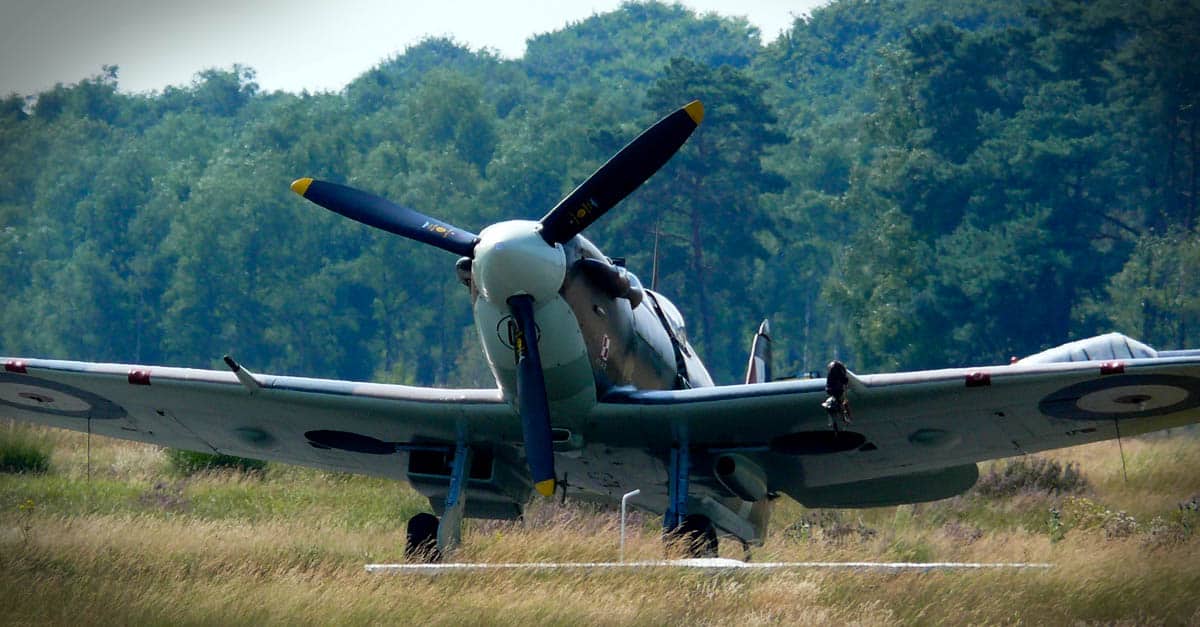

20. At peak production, 320 Spitfires were made per month at Castle Bromwich. Newly-made Spitfires were flown by volunteers from the production site to the air bases.
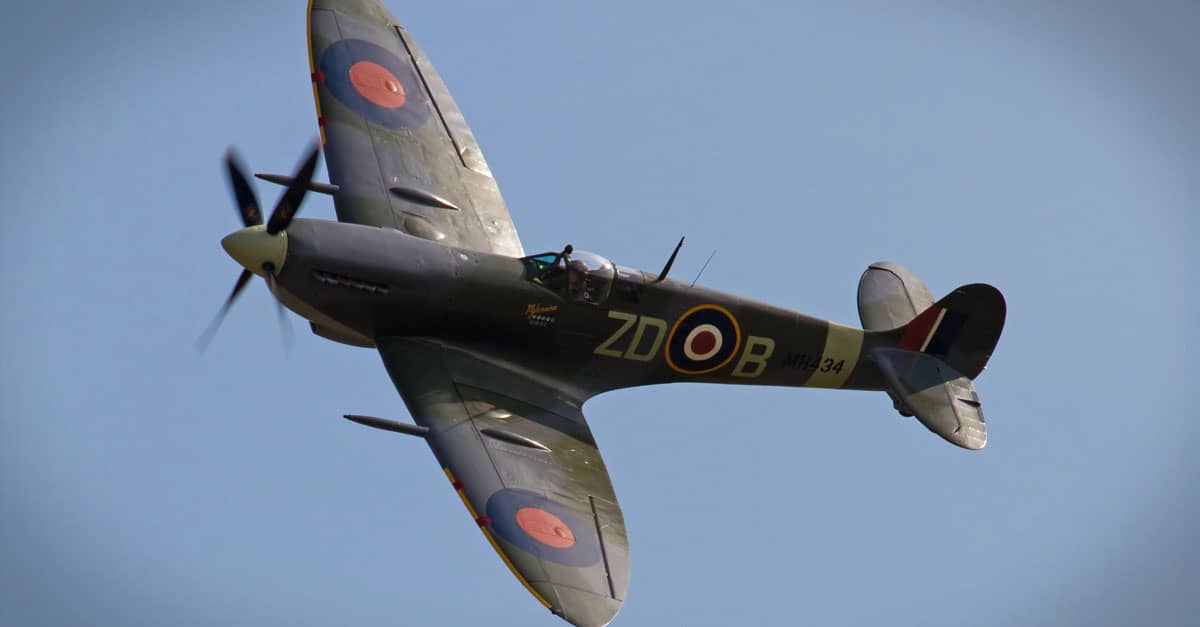

19. On March 5, 1936, in Eastleigh, Hampshire, the first prototype of the Spitfire was tested and was piloted by Mutt Summers. It entered service in 1938.


18. Fighter-bomber versions of the Spitfire could carry either a 250-pound or a 500-pound bomb beneath the fuselage as well as a 250-pound bomb under each wing.
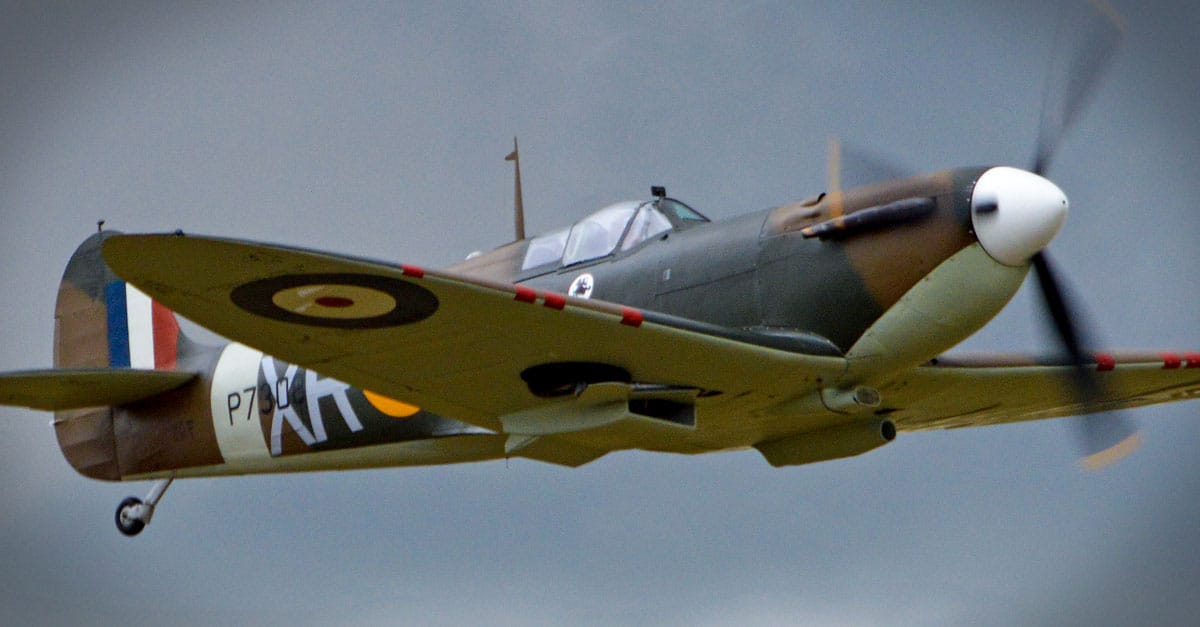

17. Between 1934 and 1944, over 20 variations of the fighter plane were created and used in the war. It saw action in Malta, North Africa, Italy, Normandy, Portugal, Turkey and the Soviet Union just to name a few.
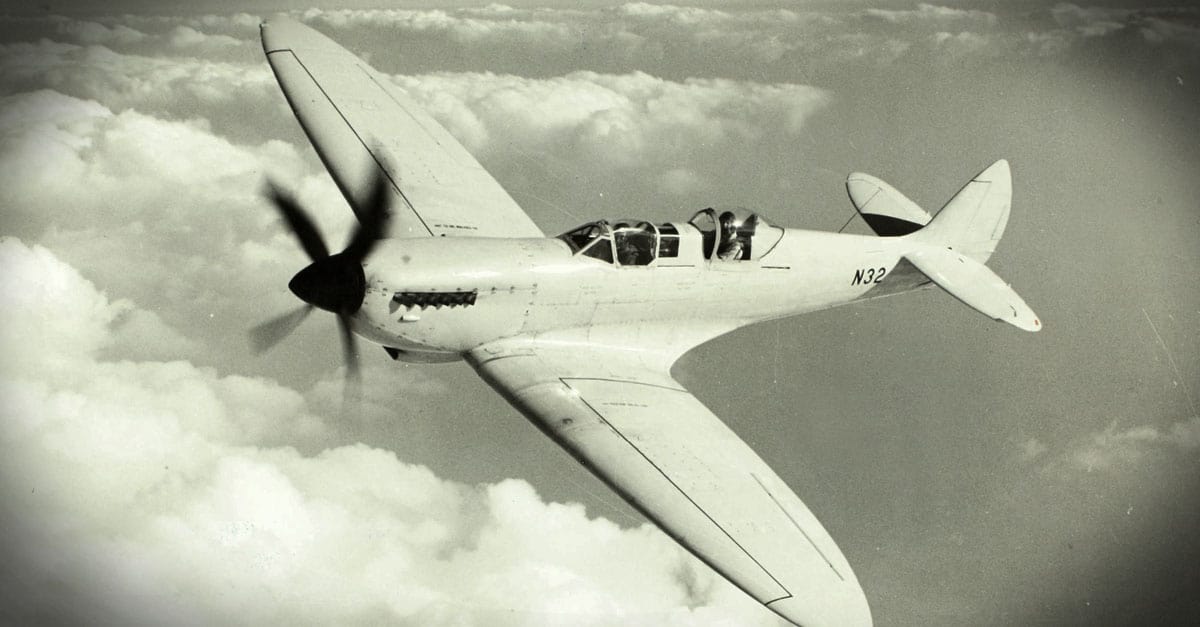

16. The plane had a wingspan of 36 feet 10 inches, a length of 29 feet 11 inches long, and had a ceiling of 34,000 feet. The comparable, yet less maneuverable German Bf-109, had a 32-foot wingspan and a length of 29 feet as well.
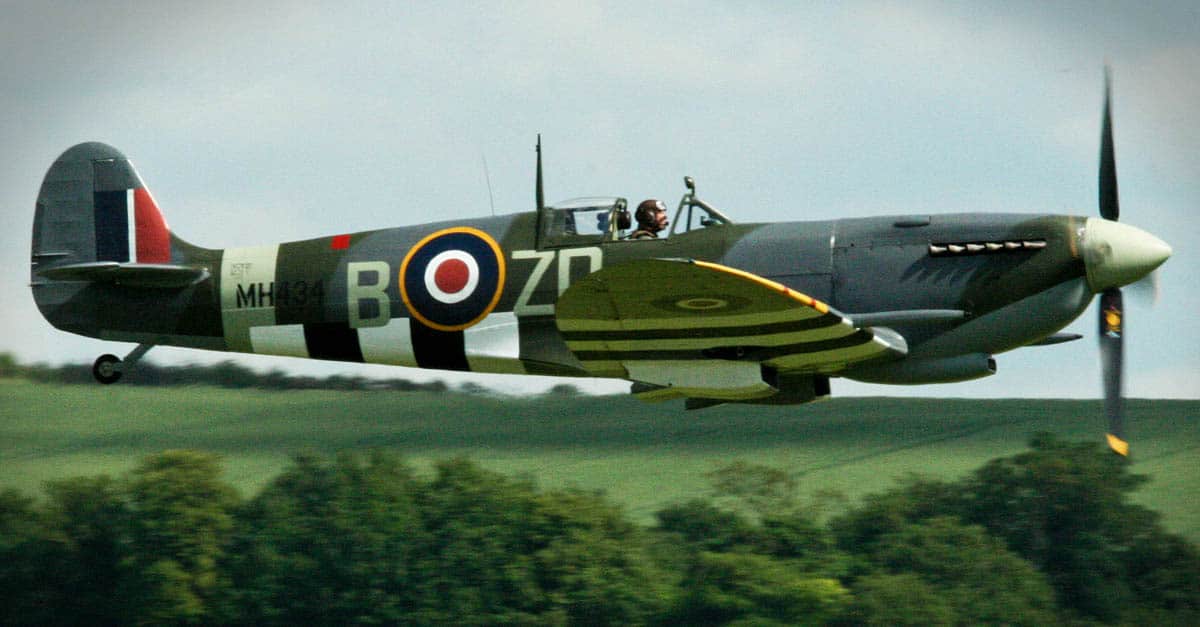

15. Its design was ahead of its time. With elliptical wings, stressed-skin aluminum body, supercharged Rolls Royce engine, and ultra-thin airfoil – the Spitfire had maneuverability like no one had seen before.
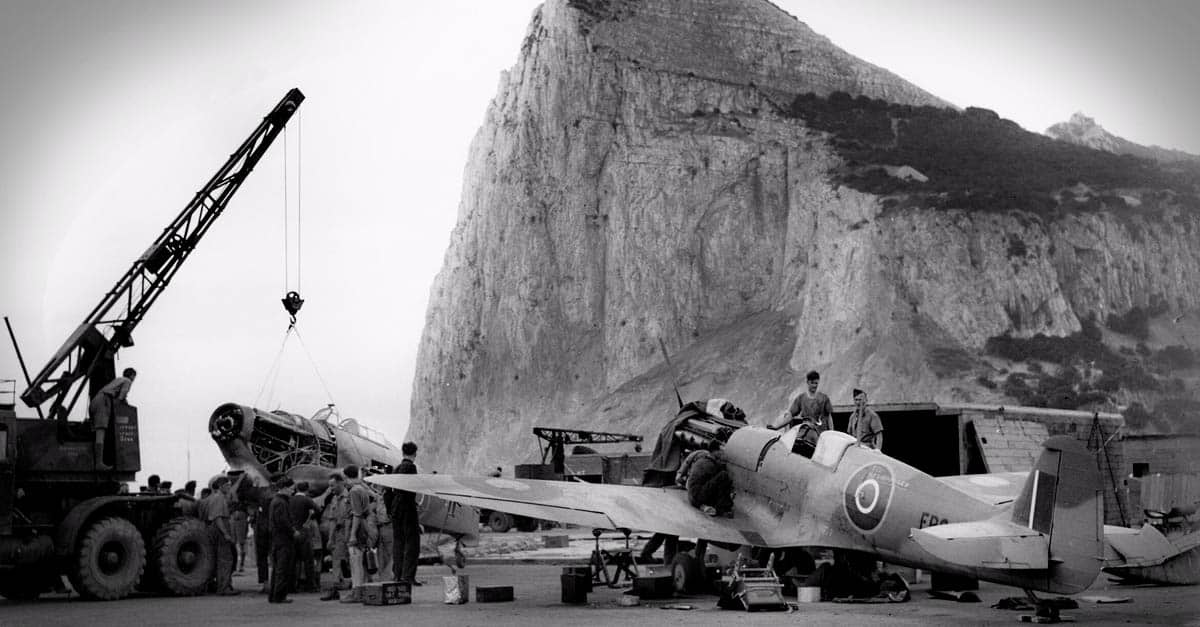

14. In the 1968 iconic film, Battle of Britain, real Spitfires were used by real veteran pilots to portray the battle.
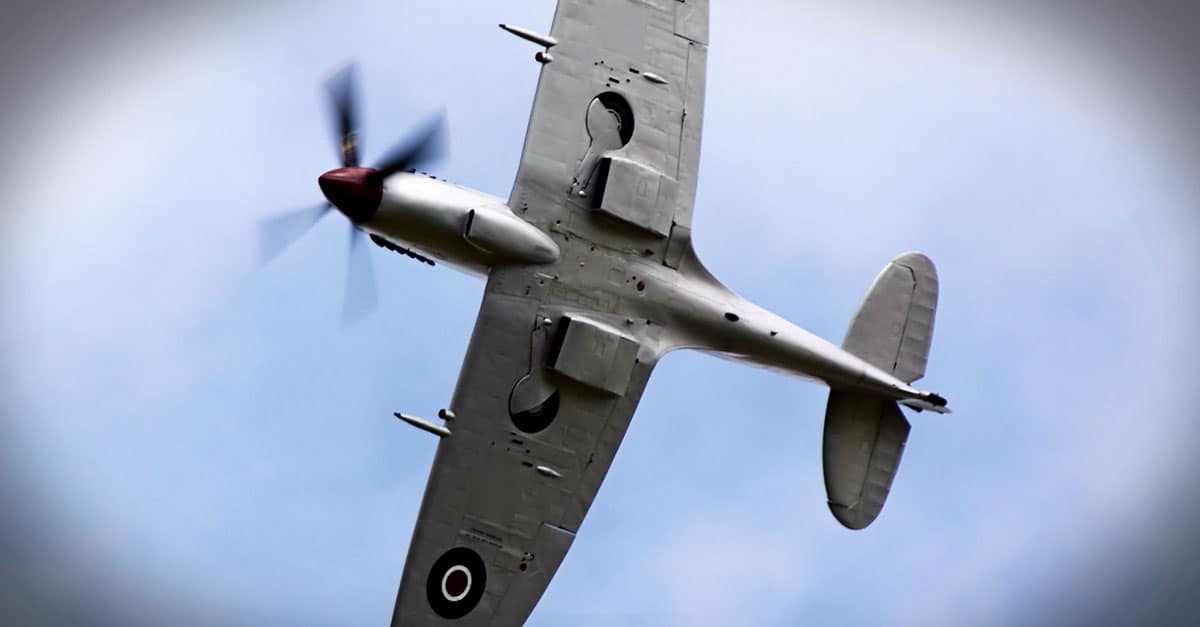

13. The Spitfire’s designer, R.J. Mitchell, died in the middle of production in 1937. His successor, Joseph Smith, took over and continued to make new variants after Mitchell’s death.


12. Over 20,000 Spitfires were built over a 13-year period. They remained in production until 1947 and service for the Royal Air Force until 1955.
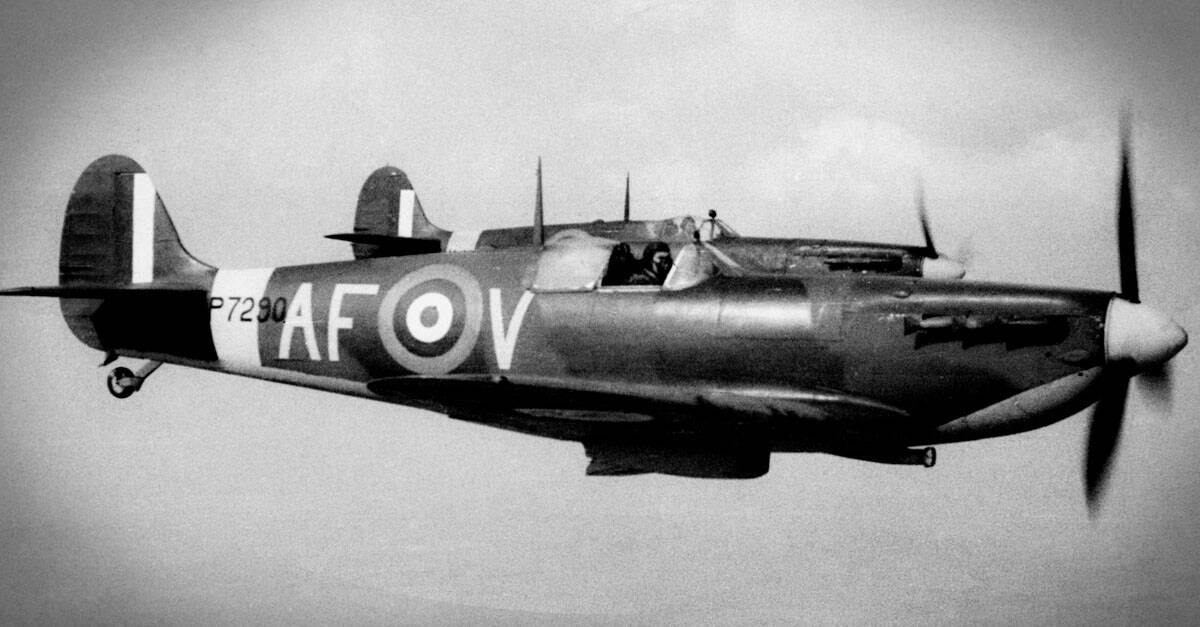

11. It was the only British fighter plane to be in continuous production throughout the war. Veterans and historians claim either the Spitfire or the P-51 as being the most famous plane of World War II.


10. The distinctive roof bulge in the Spitfire’s cockpit was created for taller pilots. The original version created some issues with pilots not fitting into the cockpit, thus the change.
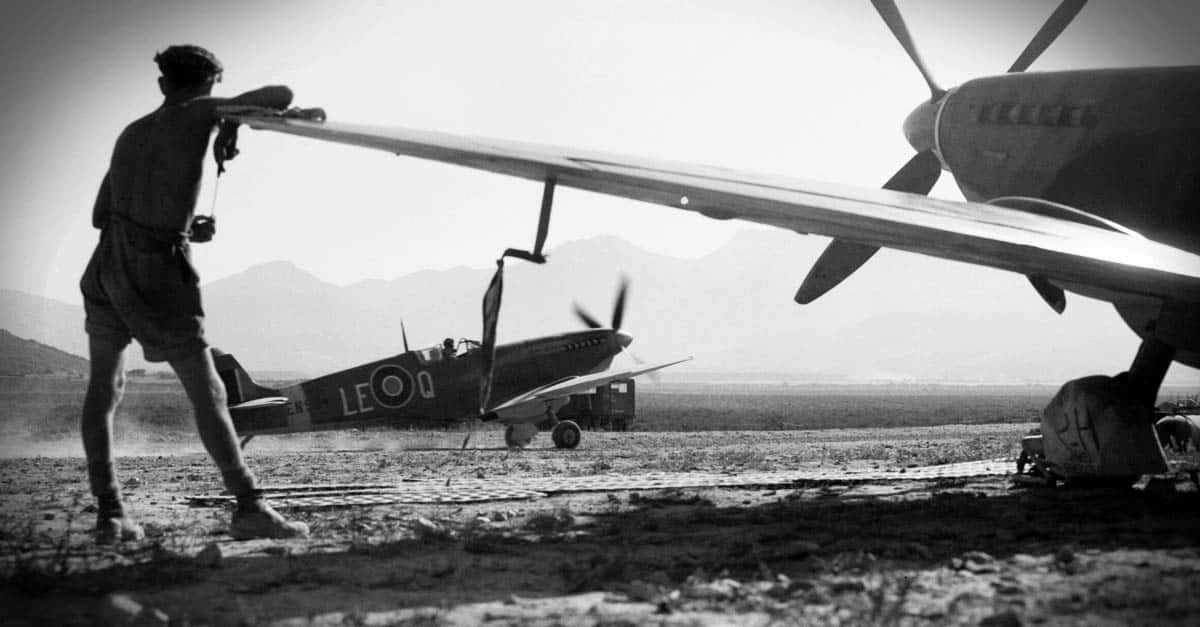

9. After the Battle of Britain was won, the first flight patrols over France since its fall in December 1940 were deployed. Spitfires flown in pairs completed the patrols, but were referred to as ‘rhubarbs’.


8. Split flaps, used to increase lift, on the trailing edge of the wing were operated by a finger-lever in the pilot’s instrument panel. The only options for these flaps were fully up, or fully down.
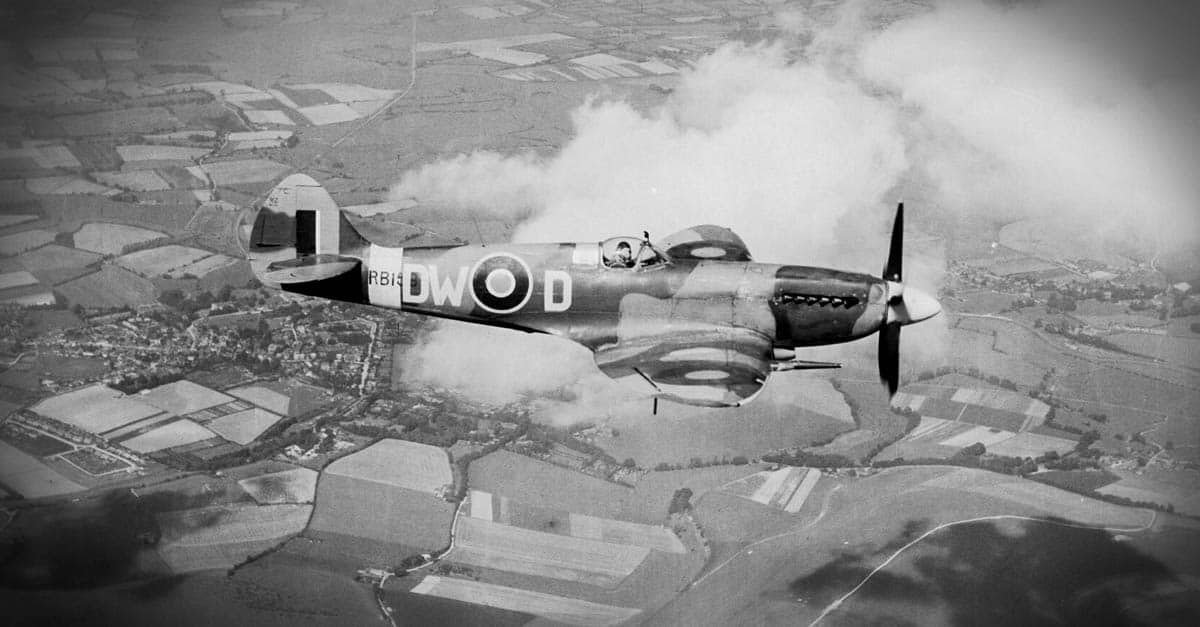

7. German Luftwaffe – which had fuel injectors – could easily escape a Spitfire by simply going into a nose dive. The Spitfire couldn’t follow without its fuel flooding the carburetor, so a metal disc with a hole in it was placed into later models to limit the flow of fuel, allowing Spitfires to keep up with nosediving Luftwaffe.
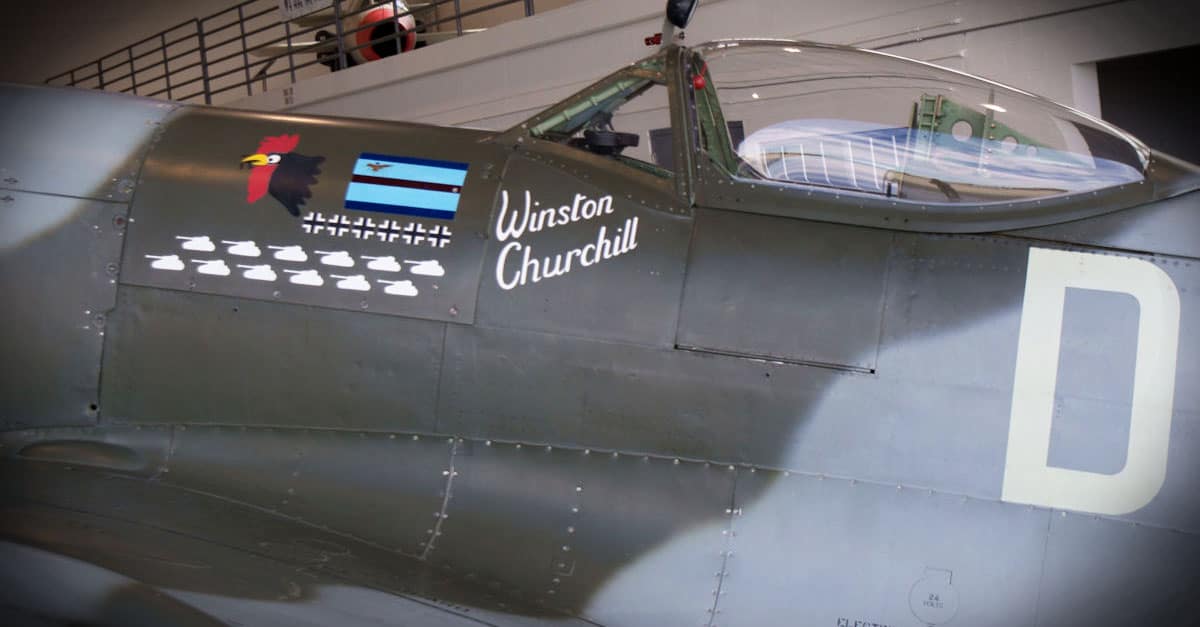

6. The earliest version’s of the Spitfire came equipped with standard Browning machine guns. The guns fired from an open bolt in order to keep them from overheating, however, at high altitudes, wind flowed through the open bolts and the guns froze entirely.
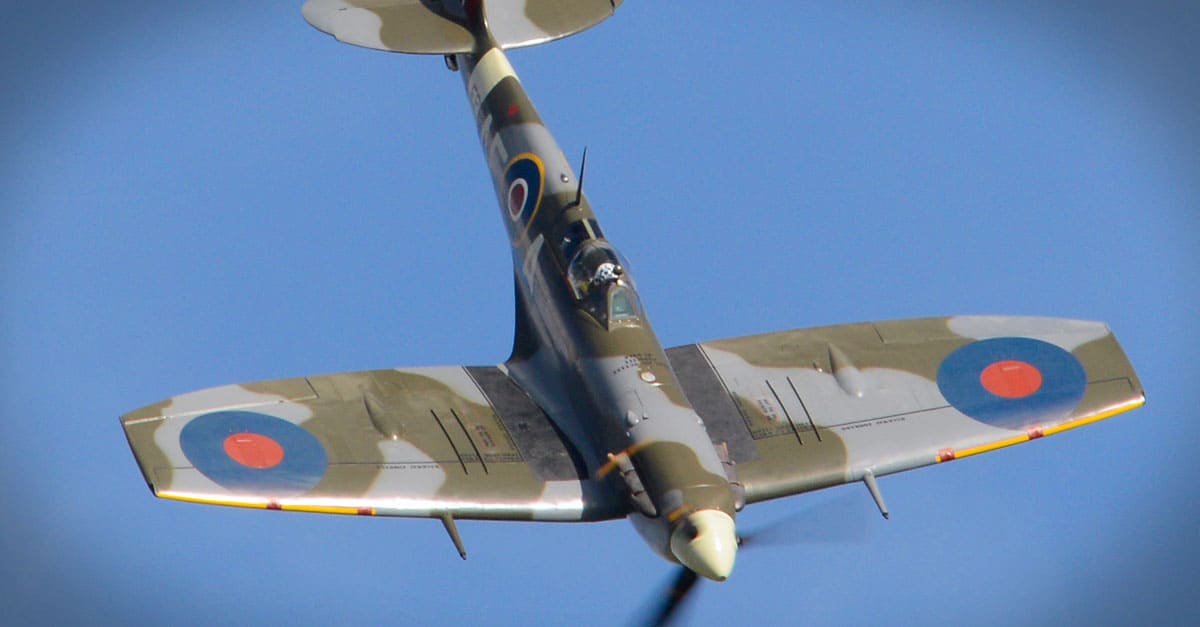

5. “Jonnie” Johnson has the highest known number of enemy aircraft taken down while piloting a Spitfire – 34.
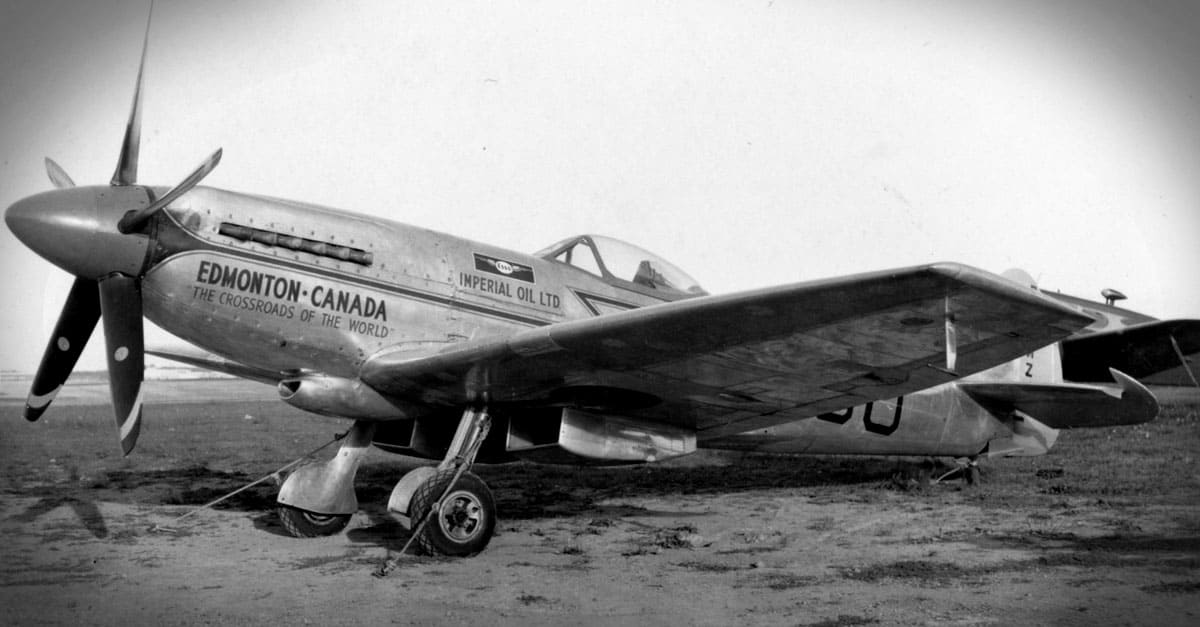

4. In the Pacific theatre, the Mitsubishi A6M Zero picked apart the Spitfire. The Japanese fighters weren’t as fast but could stay in the air three times as long and could turn, dive or climb better than the Spitfire.
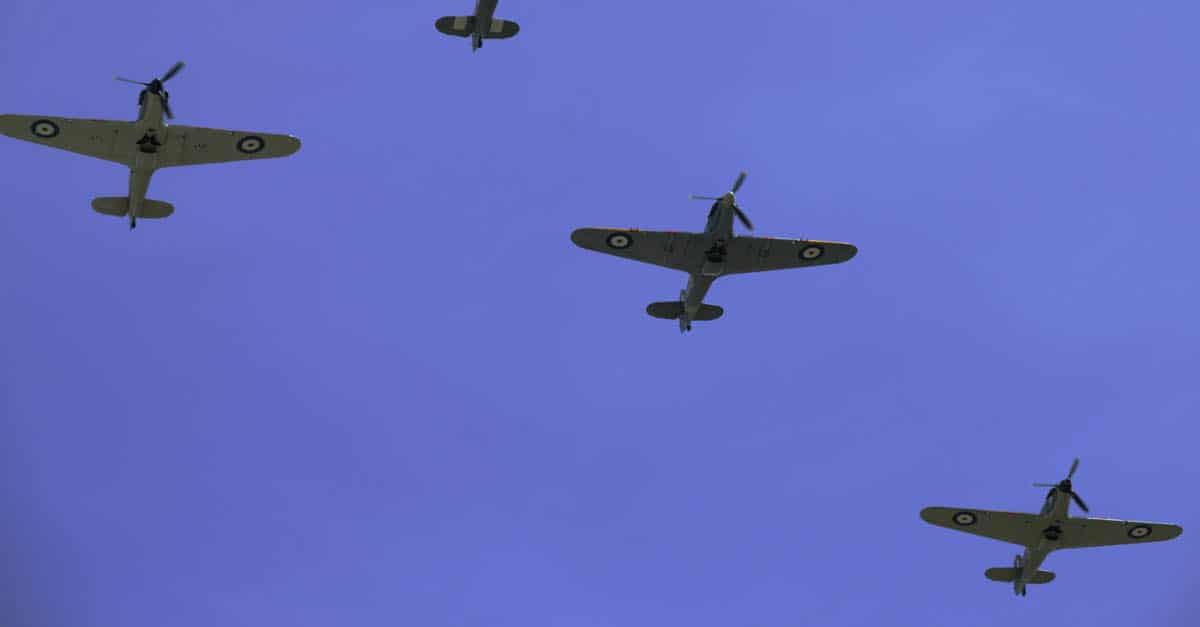

3. In speed testing in April 1944, Squadron Leader Anthony F. Martindale’s Spitfire suffered an engine failure during a dive. The pilot blacked out, the Spitfire reached an all-time record speed of .92 Mach, and when Martindale regained consciousness he glided the Spitfire back to safety.
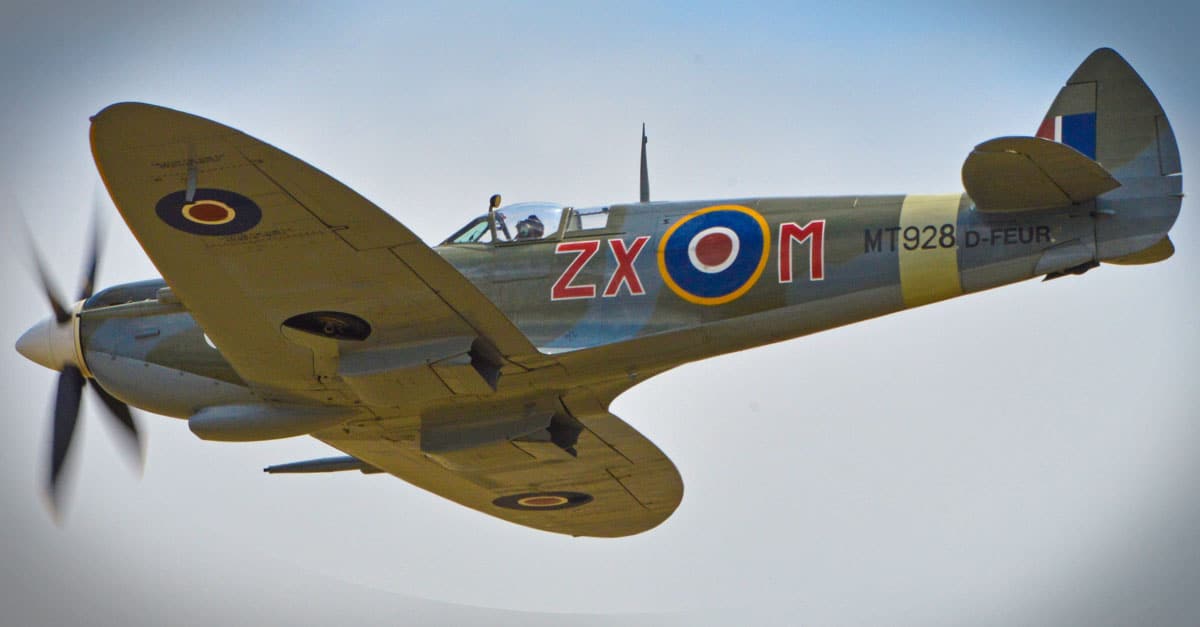

2. Flight Lieutenant Edward “Ted” Cyril Powles reached the highest-ever recorded altitude for a Spitfire during February of 1952. He climbed to 51,500 feet.

1. The Spitfire’s production was so advanced and well-received that a total of 36 nations operated the Spitfire at one point or another. Some as far away as Argentina, South Africa, and New Zealand.
Now checkout these Incredible Facts about the P-51 Mustang!
